Elegy – Going Ape!


Photo: Jonathan McPhail
As the lights dimmed at the Sony Lincoln Square on June 21, a palpable sense of excitement gripped my body. I turned to Marguerite, sitting next to me, and in a high-pitched little boy voice, squeaked, “Excited!” Only one movie this year had me regressing to my 10-year-old self, taking me back to decrepit second-run Queens movie theaters where I experienced the original incarnation of the Planet of the Apes franchise. War for the Planet of the Apes, which opens on July 14, had just that effect on me. Before the movie even began, adult concerns faded away. I was seeing this new summer blockbuster through the eyes of a 10 year old again as if I had just stepped into a time machine.
But War for the Planet of the Apes, like the two previous reboot entries—2011’s Rise of the Planet of the Apes and 2014’s Dawn of the Planet of the Apes — is anything but kid stuff. It’s a mature, sometimes grim, fantasy adventure that picks up where Dawn ended, as Caesar and his evolving simian tribe clash with the deranged Colonel (Woody Harrelson) and his blood-thirsty soldiers, hell-bent on exterminating Earth’s emerging rulers. Unlike the 1970s Apes flicks, the reboot movies have managed to top each other with every subsequent entry, thanks to great action, engrossing stories and impeccable CGI work. Sure, I miss the rubber-masked John Chambers Apes of old, but the computer FX work has gotten so photo-realistic with War for the Planet of the Apes that suspension of disbelief is totally achieved. War for the Planet of the Apes winks at the original movies in clever ways too, while at the same time setting up a fourth film (the start of a new trilogy maybe?) that would nicely dovetail straight into a fresh retelling of the 1968 movie. I also loved how War for the Planet of the Apes pays homage to everything from Apocalypse Now to Spartacus to The Great Escape, while remaining wholly original and smart in its own way. I loved it.
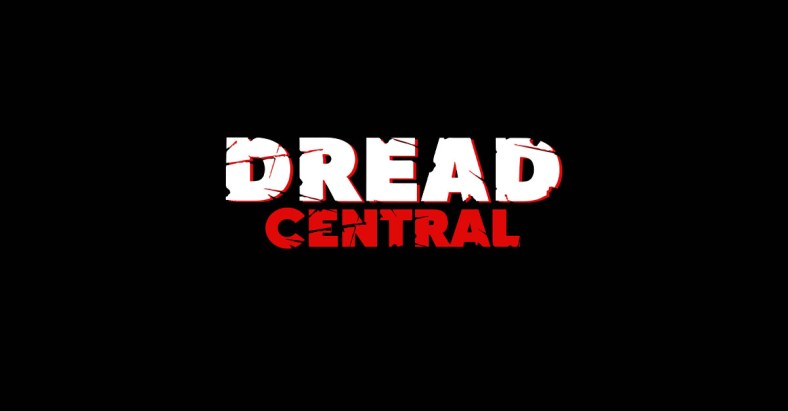
So let’s return to that little kid. Those first five Apes movies (and the short-lived 1974 TV show) served as my first fanboy obsession growing up. I saw 1971’s Escape from the Planet of the Apes first, at the long-gone Drake movie theater. My parents took me, the G-rating belying the film’s climactic massacre of time-traveling chimp couple Cornelius and Zira. A year later, Dad dropped my sisters Rose Ann and Patty and me off at another neighborhood theater to see Conquest of the Planet of the Apes. I thought I was caught up with my Apes history, but Roe’s friend, Larry Repanes, told me about two other Apes movies I had yet to see, 1968’s Planet and 1970’s Beneath. Larry, by the way, was the nephew of legendary sci-fi author Isaac Asimov, who I would later meet at several “Star Trek” conventions. No one believed me at Archbishop Molloy High School’s Sci-Fi Club when this punk freshman told the gang I knew Asimov and his nephew. Perpetually angry sophomore Kevin Cook almost threw me out the classroom window when I bragged about it.
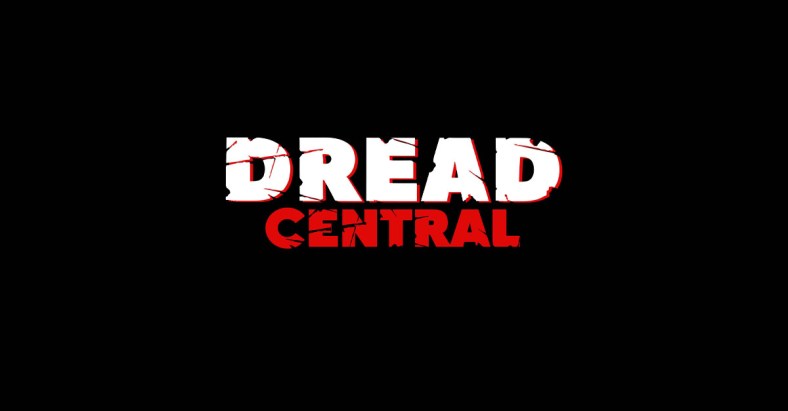
Anyway, during that Conquest screening, a huge gang fight broke out! Fists and weapons flew, while popcorn, candy and empty concession boxes sailed over our heads. Pure chaos reigned. The melee raged until one kid ran to the stage, pulled out a long knife and ripped a huge gash in the screen! The projectionist then stopped the film, the lights came on and the cops rushed in. The bedlam eventually subsided, as the police dragged the troublemakers out. When the movie started up again 20 minutes later (torn screen and all), we lost a reel due to the violent ruckus.
By this point, I lived for the Planet of the Apes. I jumped all over the series’ merchandising explosion, buying Apes trading cards, the Mego action figures, board game, comic books, magazines and novelizations. I still own my Dr. Zaius coin bank, stuffed with so many decades’ worth of pennies that I can’t even pull out any change from the bottom anymore. Walking home from grammar school, I would imitate the chimpanzees’ distinctive gait, much to the befuddlement of classmates and the chagrin of my parents.
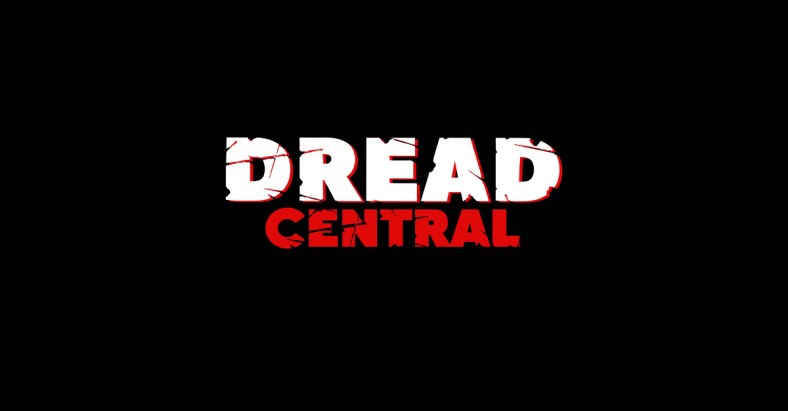
When CBS broadcast the Apes movies in 1973 and they became a ratings hit, Fox rereleased all five original chapters as a theatrical marathon. Buddy Joe Gaudio and I went to see them at the UA Astoria, across the street from the Villa Gaudio Pizzeria that Joe’s father owned. Frustratingly, the theater ran the films out of order! By this point, the only Apes movie I had not seen uncut on the big-screen was Beneath. But just as the film got ready to play at 6 pm, the manager threw us out because we were not accompanied by an adult! Arghh! When Beneath played on local TV’s 4:30 Movie, I almost died when I noticed the channel had lopped off 20 minutes of the movie’s running time for more commercials. Devastated, I called WABC and screamed my head off. How could they destroy the movie like that? General Ursus, my favorite character (I knew all his lines), would not let them get away with that!
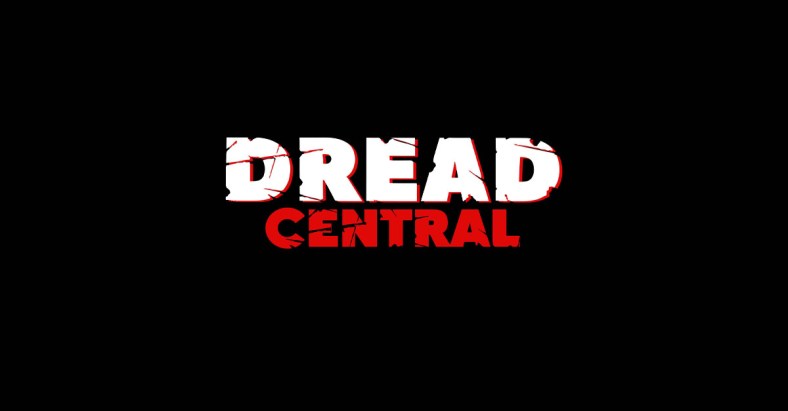
As the years went by and I took the reins of Fangoria, I still had a soft spot in my heart for the Apes pictures. I’d catch them at Manhattan’s revival houses like Film Forum and devoured Starlog’s retrospective interviews with the likes of Kim Stanley, Natalie Trundy and Linda Harrison. Till this day, every time I drive past Century City in LA, I always think of Conquest of the Planet of the Apes (one of the treats of the new “Twin Peaks” is watching that film’s Don Murray, a robust 87, still acting!).
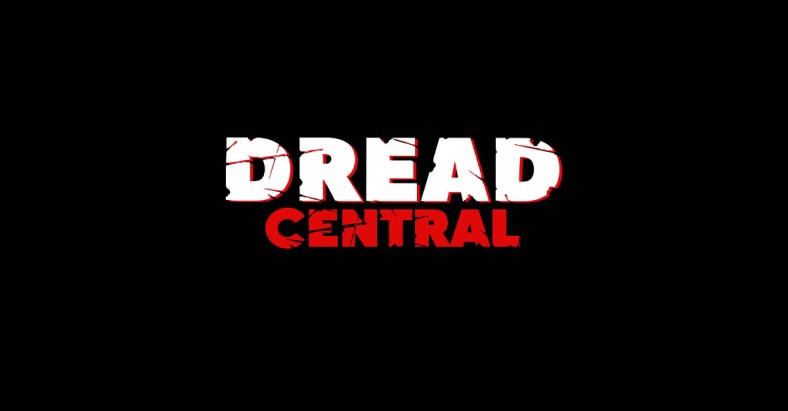
For Fango’s Weekend of Horrors conventions, I welcomed Apes’ most familiar star, Roddy McDowall, who had won a new audience thanks to his role in Fright Night. One of my fondest memories of sitting in the Fango offices is the day Roddy called me out of the blue, for no other reason than to just say hello. If Roddy hadn’t died in 1998, I’m sure he would have done a cameo in Tim Burton’s 2001 Planet of the Apes remake, like Charlton Heston and Harrison had. Unlike the current Apes iteration, Burton’s film missed the mark, and it’s because of Marky Mark.
Stiff lead Mark Wahlberg is the dead center of Burton’s version, which boasted outstanding makeups by Rick Baker and some great actors under latex, like Tim Roth, Paul Giamatti and David Warner. I give Fox credit for managing to reboot the Apes franchise a second time after Burton’s disappointing try (which still made a ton of money).
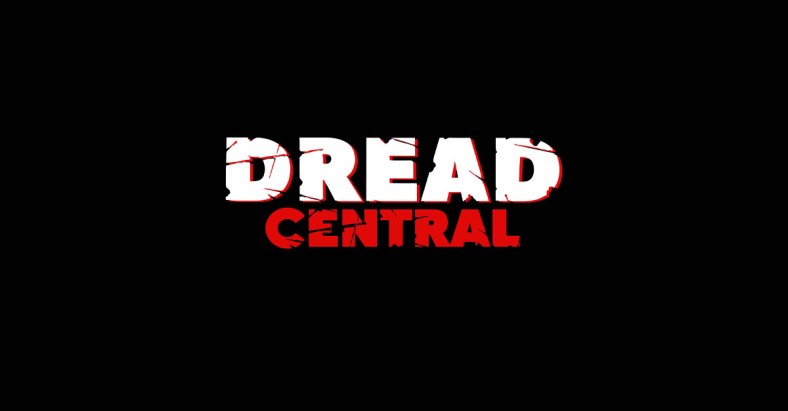
I had my doubts, especially when I learned that the simians would be created via CGI. But Peter Jackson’s Weta FX company delivered convincing fantasy characters for a new generation, aided by the convincing behind-the-scenes motion-capture performance and voice work of Andy Serkis as Caesar and other selfless performers. The 21st century films have done an excellent job of unveiling an updated mythology. Much of this credit goes to director Matt (Let Me In) Reeves and co-writer Mark Bomback, who guided the last two films.
The new Apes movies lack the subversiveness and cutting satire of the 1968 Franklin J. Shaffner-directed film, probably because you don’t find screenwriters like Rod Serling anymore. The latest films do continue the theme of us stupid humans ultimately being responsible for our own destruction, which in today’s unstable times will hopefully serve as a wake-up call to audiences. From the beginning, the Apes movies, as outlandish as they are, always give us something to chew on. I, for one, can’t wait to see what Fox comes up with next.
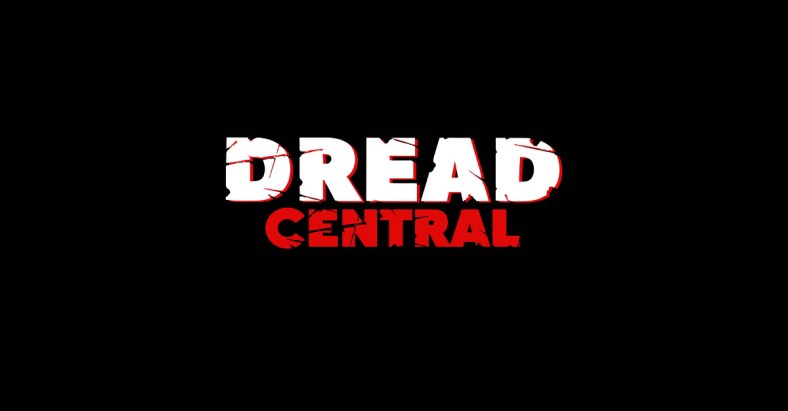
Categorized:Editorials News Tony Timpone's Elegy

